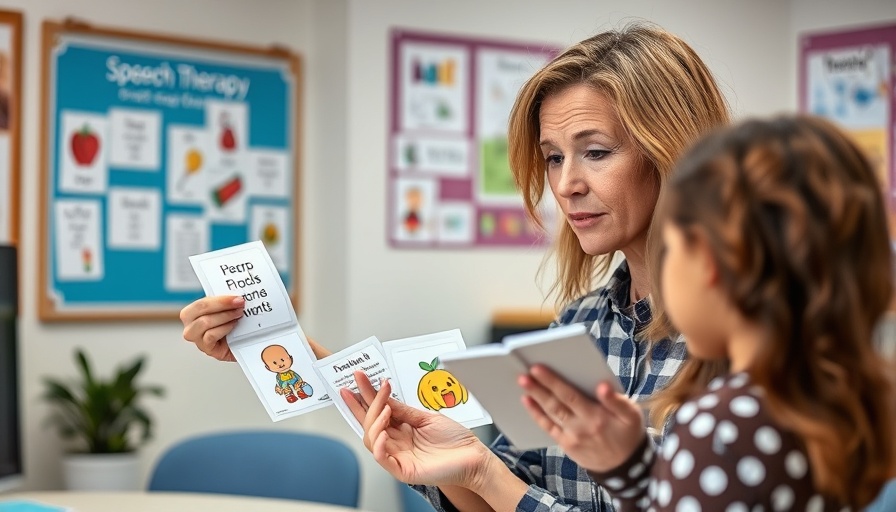
Building Bridges: Language Development in Autistic Children
In the journey of helping autistic children, one of the most fundamental skills to foster is language. It might seem daunting at first, but understanding how to build language skills in autistic kids is crucial not only for communication but also for social interaction and emotional connections. The video titled DAY10/30: - How to Build Language in Autistic Kids | Step 1: WHAT presents a starting point for parents and caregivers, helping them recognize the importance of this process. Here, we delve deeper into some strategies to aid language acquisition in children on the autism spectrum.
In DAY10/30: - How to Build Language in Autistic Kids, the discussion delves into practical strategies for fostering language development, prompting us to further explore its significance and applicability.
The Importance of Early Intervention
When it comes to language development, early intervention is key. Research consistently shows that the sooner a child receives support in developing language skills, the better their outcomes in communication and socialization. Children with ASD may experience challenges in speech and communication, making it vital for parents to take proactive steps.
Engaging children in conversation from a young age can aid their development significantly. Simple activities—like narrating daily routines, describing objects during play, or asking open-ended questions—can create rich language experiences. This foundation can lead to improved outcomes in their overall communication abilities and help them express their thoughts and feelings more effectively.
Real-Life Strategies to Enhance Language Skills
Transitioning from understanding the importance of language to implementing strategies can be another barrier. Here are some practical tips to foster language development in your autistic child:
- Use Visual Supports: Visual aids such as picture cards or storytelling images can enhance understanding and retention of language. Autistic children often react better to visual stimuli, making this an effective tool.
- Modeling Language: Children often learn by example. Use clear and concise language when communicating, showcasing the appropriate phrases and vocabulary in context. Repetition can be advantageous, reinforcing language through everyday interactions.
- Interactive Play: Engaging in play not only strengthens emotional bonds but also provides opportunities to practice language skills. Encourage role-playing games or interactive storytelling to foster that environment.
Emotional Connections and Language Learning
Language is not only about words but also about emotional connections. Understanding the emotional landscape of children with ASD can enhance the effectiveness of language building. Emphasizing a child’s interests can spark their motivation to communicate. What do they love? Dinosaurs, trains, or princesses? Incorporating these interests into learning can bolster their enthusiasm and engagement.
Furthermore, it's important to celebrate small victories in communication. Each word spoken or sentence formed is a step towards language development, and acknowledging these accomplishments reinforces their learning journey.
The Role of Parents and Caregivers
The journey of language development is a shared responsibility. Parents and caregivers play a vital role in fostering an environment that encourages communication. Taking the time to listen, engage, and allow for processing time can significantly impact a child's willingness to participate in conversations.
It's crucial to be patient and remain positive throughout this process. Building language will not happen overnight; however, consistent efforts can yield significant progress.
Community Resources and Support
As discussions around autism continue to evolve, various resources arise to support both caregivers and children. Local community programs, therapy sessions, and support groups provide not only educational information but also a shared space for experiences and vocations. These resources can guide families in navigating the complexities of language development in autistic children and create a supportive network.
Inspiration for the Journey Ahead
In conclusion, building language in autistic children is a vital step in fostering communication and connection. By employing the strategies mentioned, we can provide meaningful support and love as they navigate their unique paths. Remember, every child will have their own pace and journey, and that’s okay—what matters is the unwavering support surrounding them. Together, let’s encourage our children to find their voice.
In this journey toward better language skills and communication with our kids, collaboration and connection are invaluable. So let us all engage in these conversations with compassion and understanding, taking steps toward a brighter and more connected future!
 Add Row
Add Row 

 Add
Add 


Write A Comment